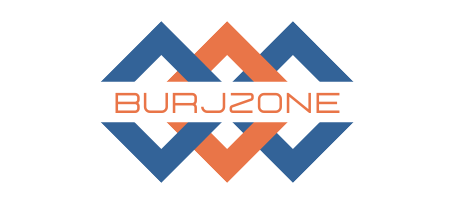Our Blog
Home / Blog
Localized Content Strategy for UAE: Arabic + English Best Practices
The UAE’s unique multicultural environment, with a majority expatriate population alongside native Emiratis, requires a thoughtful approach to content marketing. For businesses operating in Dubai, Abu Dhabi, Sharjah, and other Emirates, creating content that speaks authentically to diverse audiences is key to building brand trust and engagement.
This article explores effective strategies for developing a bilingual content plan—in both Arabic and English—that resonates with the UAE’s varied market.
1. Understand the Audience Segments in the UAE
The UAE population includes:
Native Arabic speakers (Emiratis and Arabs)
English-speaking expatriates from Western, Asian, and other backgrounds
Bilingual individuals comfortable in both languages
Knowing your audience’s language preferences and cultural nuances is critical. For example, content that appeals to Arabic speakers in Sharjah might differ in tone and style from what resonates with English speakers in Dubai Marina.
2. Prioritize Authenticity in Arabic Content
Arabic content should not be mere translations of English versions. Instead:
Use professional native Arabic copywriters familiar with local dialects
Reflect cultural values, traditions, and respectful tone
Incorporate region-specific examples or references
Ensure Arabic script is correctly formatted and legible on all devices
A UAE-based hospitality brand increased engagement by 25% after launching dedicated Arabic blog posts focusing on Emirati customs.
3. Maintain Consistent Brand Voice Across Both Languages
Your brand’s personality and messaging must feel coherent whether a customer reads Arabic or English content. Achieve this by:
Developing brand guidelines for tone, style, and terminology in both languages
Coordinating efforts between Arabic and English content creators
Regularly reviewing content to avoid conflicting messages
Consistency builds trust among audiences in Abu Dhabi, Dubai Silicon Oasis, and beyond.
4. Optimize SEO for Both Arabic and English
SEO is vital for discoverability on Google.ae and other regional search engines. Best practices include:
Conduct keyword research separately for Arabic and English queries
Use localized keywords referencing emirates and popular locations (e.g., “best hotels in Dubai,” “فنادق في أبوظبي”)
Optimize meta tags, URLs, and alt texts in both languages
Create bilingual sitemaps to help search engines index content effectively
Companies in Dubai Internet City that invested in dual-language SEO saw a significant boost in organic traffic.
5. Leverage Bilingual Social Media Content
Platforms like Instagram, Facebook, and LinkedIn are widely used across language groups. Tips include:
Posting alternate language content or dual-language captions
Engaging with followers in their preferred language
Running separate paid campaigns targeting Arabic and English speakers
For example, a Dubai-based fashion brand runs Arabic campaigns during Ramadan and English campaigns year-round, maximizing relevance and reach.
6. Use Multimedia Content to Bridge Language Gaps
Video, infographics, and podcasts can transcend language barriers. Consider:
Producing bilingual or subtitled videos
Creating visuals that communicate universally understood messages
Hosting podcasts in both languages or featuring bilingual hosts
Such content performs well in the UAE’s diverse communities, including Ajman, Ras Al Khaimah, and Fujairah.
7. Monitor, Analyze, and Adapt Your Strategy
Track engagement metrics separately for Arabic and English content. Use insights to:
Identify which topics and formats resonate best in each language
Adjust publishing schedules to peak user activity times in respective language groups
Continuously improve tone, style, and subject matter relevance
Final Thoughts
A successful localized content strategy in the UAE goes beyond translation—it requires cultural sensitivity, linguistic accuracy, and consistent brand messaging across Arabic and English. Businesses that master bilingual content marketing will build stronger connections and stand out in Dubai’s vibrant and competitive market.
#UAEContentMarketing #ArabicContentUAE #BilingualMarketingDubai #DubaiContentStrategy #LocalizationBestPractices #DigitalMarketingUAE #ArabicEnglishContent #ContentSEOUAE
